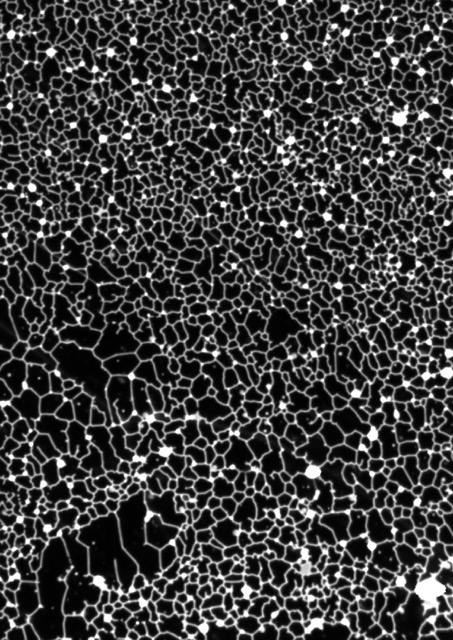
How organelle shape is generated and maintained is a fundamental question in cell biology. The endoplasmic reticulum (ER) is particularly intriguing, as it consists of morphologically distinct domains, including the nuclear envelope and the peripheral ER. A major feature of the peripheral ER is a polygonal network of tubules. Previous work has identified proteins involved in ER network formation, the reticulon and REEP/Yop1 families that stabilize the high membrane curvature of tubules in cross-section, and membrane-bound GTPases that fuse ER membranes (the atlastins in metazoans and Sey1p/RHD3 in yeast and plants). In a recent paper in Nature, the Rapoport Lab has determined the minimal components needed to generate the tubular ER network. Reconstitution of S. cerevisiae Sey1p and Yop1p into liposomes yielded a tubular network upon addition of GTP. Maintenance of this network required continuous GTP hydrolysis, as the tubules quickly fragmented upon inhibition of Sey1p. The Yop1p protein could be substituted by a variety of other curvature-stabilizing proteins including those from the reticulon protein family. Interestingly, atlastin could generate a GTP-dependent network all by itself, serving both as a fusogen and curvature-stabilizing protein. These results lead to a model in which the tubular ER network can be generated with a surprisingly small set of membrane proteins that mediate membrane fusion and stabilize curvature. The network corresponds to a steady state balance of continuous membrane fusion and fragmentation.